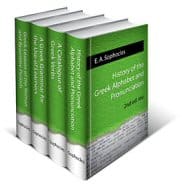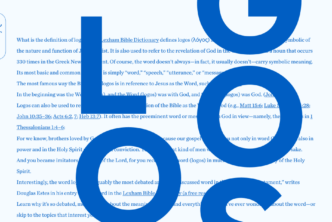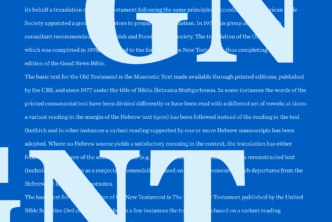When it comes to Greek lexicons in English that cover the millennium following the New Testament, we really only have two options: Lampe’s A Patristic Greek Lexicon and Sophocles’ Greek Lexicon of the Roman and Byzantine Periods. And a hardback Lampe goes for upwards of $500–600, normally.
BDAG only covers up to the Apostolic Fathers. So if you want any help with Justin Martyr, Irenaeus, or Hippolytus, you’re out of luck.
LSJ only covers up to the non-Christian fifth century. So if you want any help with Theodoret, Nonnus, or John of Damascus, you’re out of luck.
You’re out of luck, that is, unless you have Sophocles’ lexicon. 1,200 pages long, it covers up to the turn of the twelfth century. That’s almost one page per year.
A Greek professor once told me that studying New Testament Greek in isolation is somewhat like taking a single slice of a tree and trying to understand the whole tree. You must understand the roots to understand where the tree comes from; you must also understand the fruit to understand the tree’s result. A single slice can be misleading.
With LSJ, you can see where the Greek came from.
With BDAG, you can zoom in on a particular slice of time to see how Greek was being used.
And with Sophocles, you can see what direction the Greek took after the New Testament era.
The lexicon isn’t the only resource included in the Sophocles collection. You also get three other resources!
Two of the greatest English lexicographers of the past 200 years, J. H. Thayer and Frederick Danker, both thought very highly of this resource. Thayer thought so highly of it that he edited and republished it himself.
Let’s bring this wonderful resource into the twenty-first century. Bid on it now!





